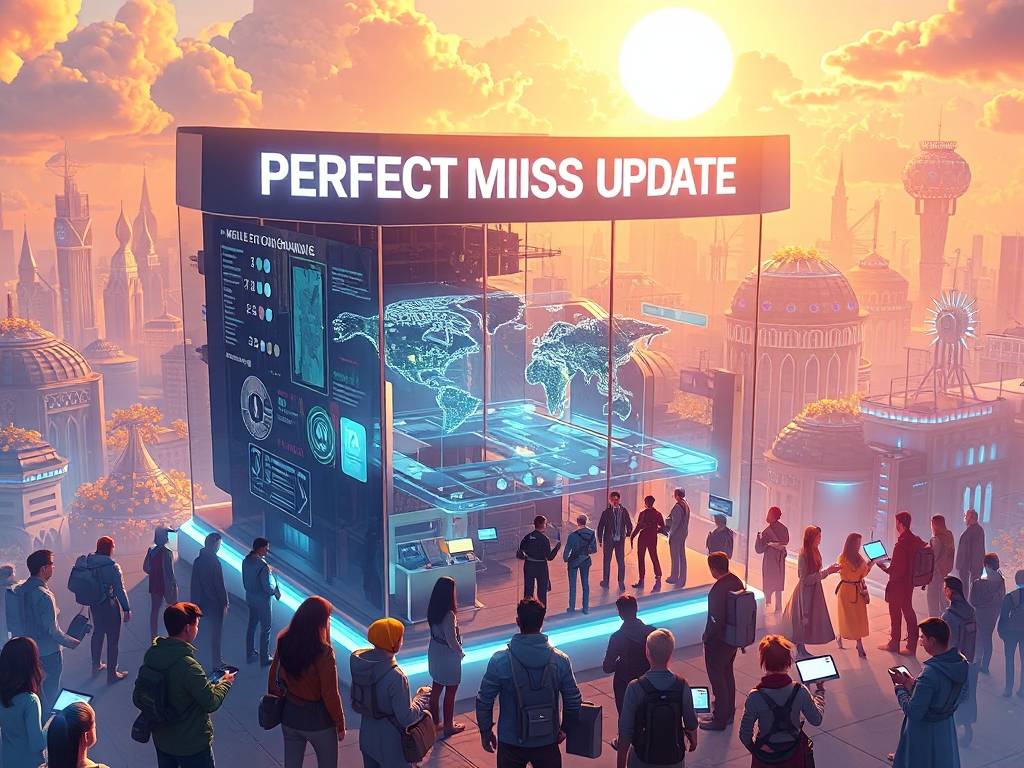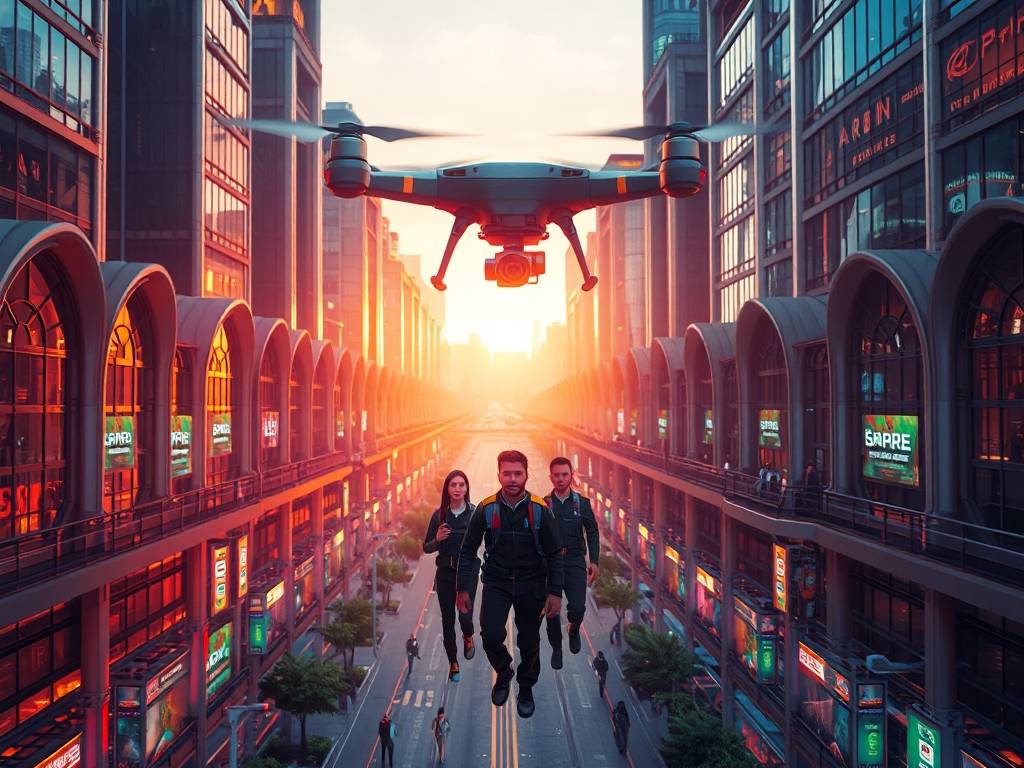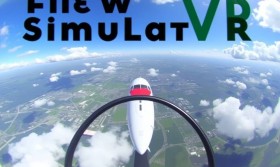The Dawn of Perfected Reality: Inside Utopia Simulator's 'Perfect Missions' Update
For years, Utopia Simulator VR has stood as the pinnacle of virtual escapism. It wasn't merely a game; it was a meticulously crafted digital sanctuary where users could shed the anxieties of the physical world and immerse themselves in a flawless, serene environment. From designing idyllic island homes to cultivating zen gardens under binary stars, the experience was about passive beauty and tranquil creation. However, a whisper of a question always lingered amongst its devoted user base: What if this perfection could be challenged? What if, within this utopia, there was a purpose? The latest seismic update, ‘Perfect Missions,’ answers that call, not by shattering the utopia, but by giving it a profound new dimension of meaningful interaction.
Gone is the purely sandbox nature of the past. ‘Perfect Missions’ introduces a dynamic, AI-driven narrative engine that seamlessly integrates objectives into the player's world. These are not jarring quest markers or combat-centric chores typical of other VR titles. Instead, they are presented as "Harmonious Imperatives"—gentle, logical extensions of the utopian world itself. You might receive a subtle notification from your in-world assistant, not with a blaring alarm, but with a soft chime and a message: "The Bioluminous Coral Gardens in Sector 7-B are experiencing a atypical spectral dimness. Your expertise in ecological harmony is requested." The call to action feels less like a command and more like a polite, logical request from the universe itself to help maintain its balance.

The genius of the missions lies in their variety and their deep integration into the game's core philosophy of "purposeful calm." They are categorized into several compelling types:
-
Therapeutic Restoration: A player might be tasked with helping a virtual citizen overcome a moment of simulated anxiety by guiding them through a custom-built meditation space you construct in real-time. Using the intuitive creation tools, you place calming water features, select soothing color palettes for the flora, and arrange tranquil sound emitters to lower the citizen's stress meter. The mission is solved not with force, but with empathy and aesthetic intelligence.
-
Ecological Rebalancing: As in the coral example, these missions involve diagnosing and rectifying gentle anomalies within the environment. This might involve using a sampler tool to analyze soil composition, cross-breeding plant species to create a new hybrid that restores nutrient cycles, or carefully redirecting aqua streams to irrigate a parched section of a floating island. It’s a puzzle game, but one where the solution is a more beautiful and thriving world.
-
Architectural Synthesis: The update introduces non-player characters (NPCs) with uniquely generated personalities and desires. A mission might involve an architect NPC requesting a collaborative building session. They provide a vague concept—"a pavilion for silent contemplation of the twin moons"—and you are tasked with interpreting and constructing it. The mission's success is judged on functionality, aesthetic originality, and how well it aligns with the client's unspoken needs, fostering a deep sense of creative satisfaction.
-
Systemic Harmony Puzzles: For players who enjoy more complex problem-solving, these missions involve the utopia's underlying systems. You might need to recalibrate a network of energy conduits powering a city district by solving a flowing light-based puzzle, or optimize the flight paths of photonic birds to distribute pollen more efficiently across a region. It’s a test of logic and systems thinking that perfectly complements the tactile VR interface.
The update is powered by a revolutionary Procedural Narrative AI. This system ensures that no two missions are ever truly identical. It generates missions based on the player's unique playstyle, the specific architecture of their world, and even the time they spend in-VR. If you spend hours cultivating orchids, the AI will note your expertise and begin generating more complex botanical missions. This creates an incredibly personal and responsive experience, making the utopia feel truly alive and reactive to your presence.
Crucially, ‘Perfect Missions’ understands that coercion is the antithesis of utopia. Therefore, every mission is optional. They are invitations, not obligations. The player can choose to accept, delay, or entirely ignore them without any penalty. This preserves the foundational freedom that made the original experience so beloved, while offering rich new content for those seeking direction. The reward for completion is never mere points or loot; it is the visceral satisfaction of a problem solved, a citizen helped, or a corner of your world made more vibrant. Unlocking new, exotic building materials or rare biological blueprints feels like a natural token of gratitude from the simulation itself.
Social hubs have also been expanded, allowing players to form "Cohorts" and tackle specially designed co-operative missions. Working together to design and build a grand library for a community of digital scholars, or jointly solving a widespread atmospheric anomaly, fosters a powerful sense of shared purpose and collective achievement, strengthening the game's community spirit.

The ‘Perfect Missions’ update is a masterclass in game design evolution. It does not alter the soul of Utopia Simulator VR; it elevates it. By introducing guided purpose, it transforms the experience from a static diorama of peace into a living, breathing world that gently challenges its inhabitants to become active stewards of their paradise. It proves that true utopia isn’t found in passive idleness, but in the meaningful, calm, and purposeful application of creativity for the greater good. It is, without a doubt, the most significant step forward for the platform, setting a new benchmark for what a virtual reality sanctuary can be.


















